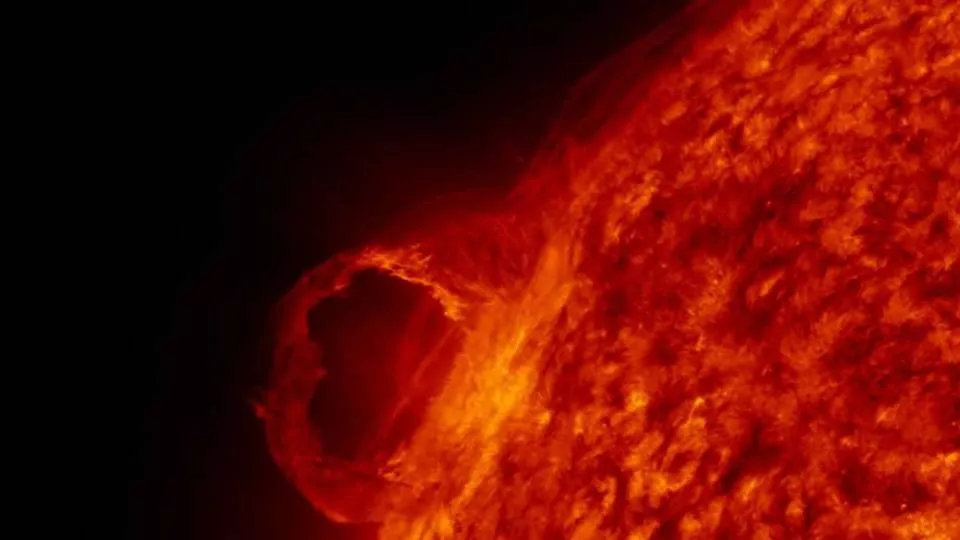Sunspots are black-colored regions on the surface of the Sun, with lower and much colder temperatures than other spots on the Sunâs surface, due to extremely powerful magnetic fields.
Sunspots also emit powerful bursts of radiation. Scientists are now saying that this radiation might directly hit Earth soon, as an Earth-facing sunspot, dubbed AR3038, has a beta-gamma magnetic field that is unstable and stores energy for M-class (medium intensity) solar flares.
The strongest flare (M9) in this class may result in satellite communication disruptions for tens of minutes at various places on Earth.
Coronal mass ejections are similar powerful eruptions near the surface of the sun, driven by kinks in the solar magnetic field. The resulting shocks ripple through the solar system and can interrupt satellites and power grids on Earth and more often cause beautiful auroral displays.
While solar flares from the AR3038 will not reach the Earth, thankfully, the radiation might do.
This may not be a cause for worry though, as it may be unlikely that a communications blackout may occur. Sunspots are a common phenomenon on the Sun.
However, the rate at which the AR3038 has expanded is what has sent alarm bells ringing for NASA.
No solar flare warnings have been issued as of now.
Stay updated with all the insights.
Navigate news, 1 email day.
Subscribe to Qrius

